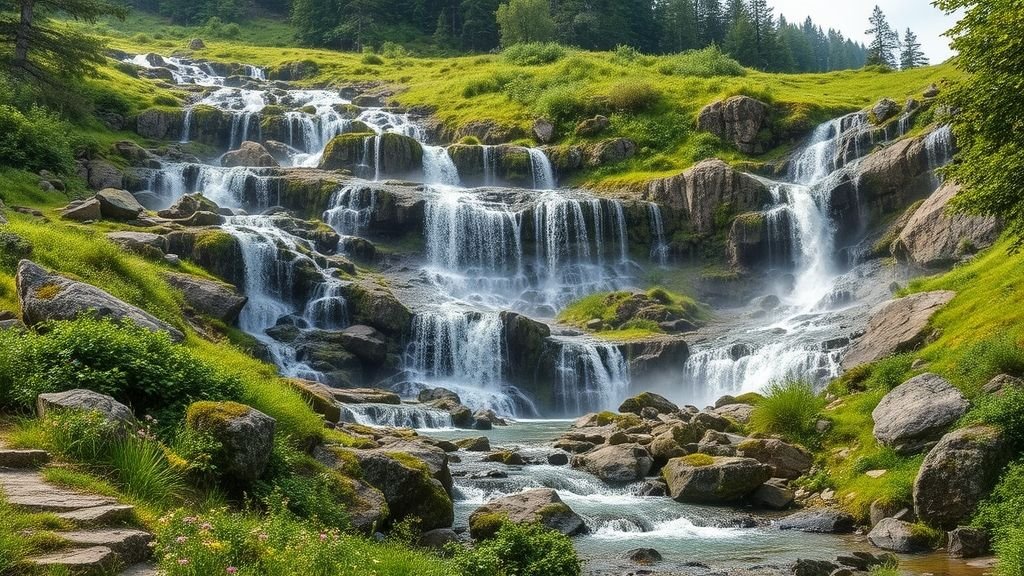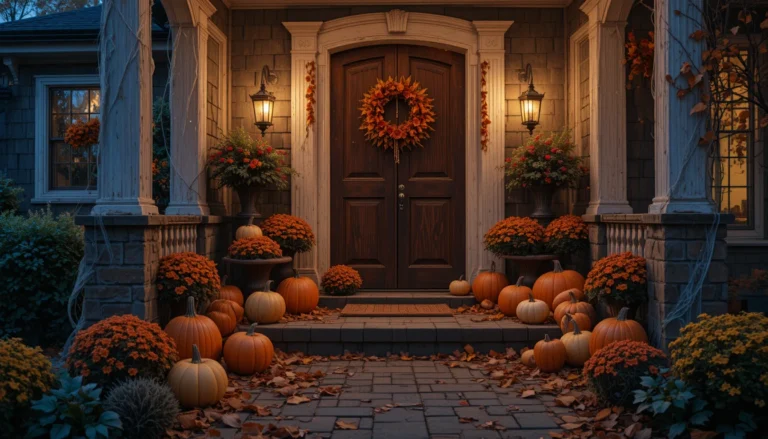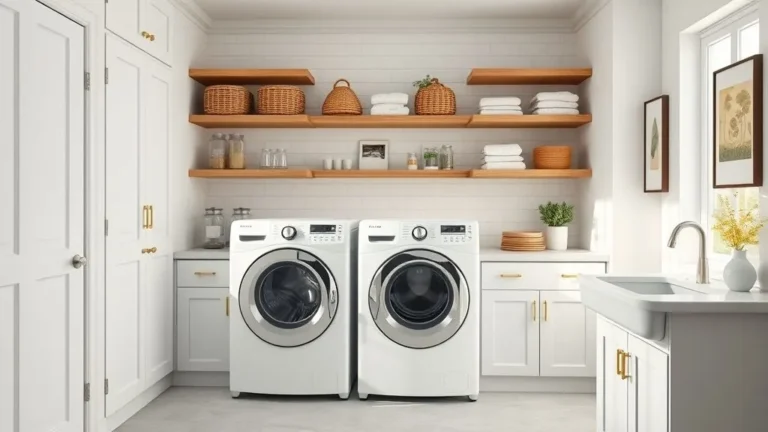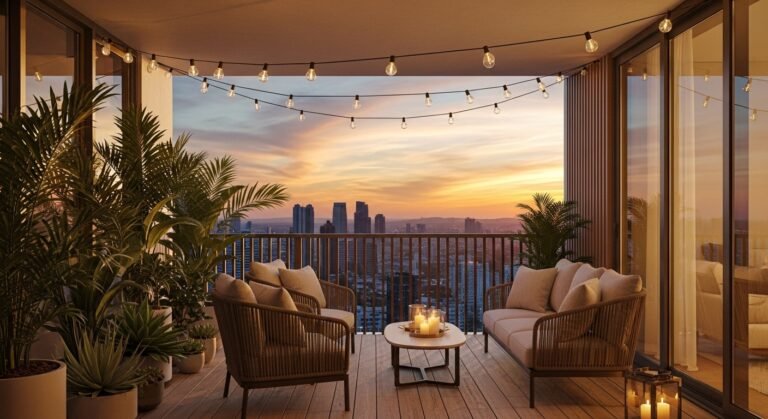Waterfall Ideas for Hillside Landscapes
Waterfalls on hillsides embody nature’s most captivating beauty — wild, powerful, and serene all at once. When designed thoughtfully, they can blend seamlessly into mountain terrain, enhancing the natural slope and creating a breathtaking visual and auditory experience. Whether you want a rustic mountain retreat or a scenic park design, these hillside waterfall ideas bring nature’s elegance to life.
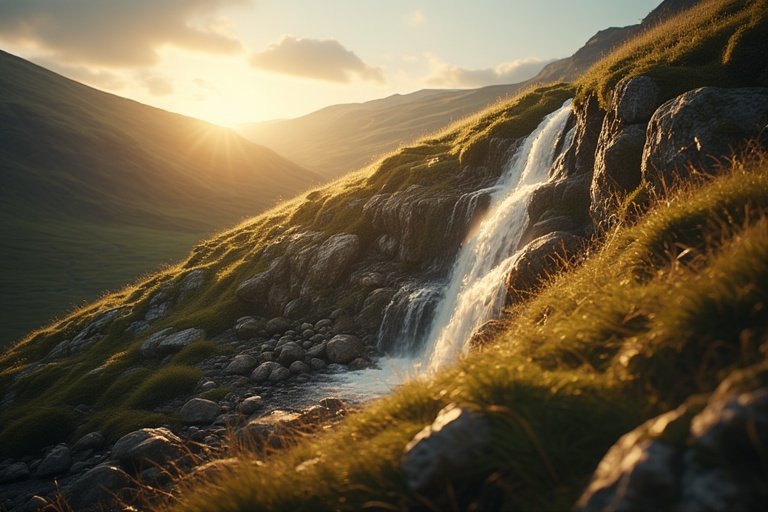
1. Embrace the Natural Slope
The best hillside waterfalls follow the land’s existing contours. Use the natural slope as a guide for water flow to achieve a realistic cascade effect. This not only reduces construction effort but also maintains harmony with the surrounding environment.
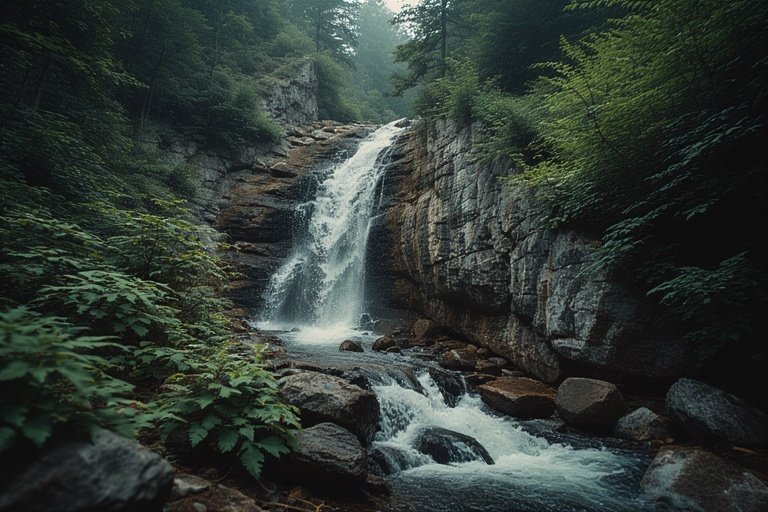
2. Use Native Stone and Rock
Native stones blend perfectly with the hill’s texture and color. Boulder formations, slate layers, or granite slabs create a strong, timeless foundation. Their irregular shapes make the waterfall look as though it’s been there for centuries.
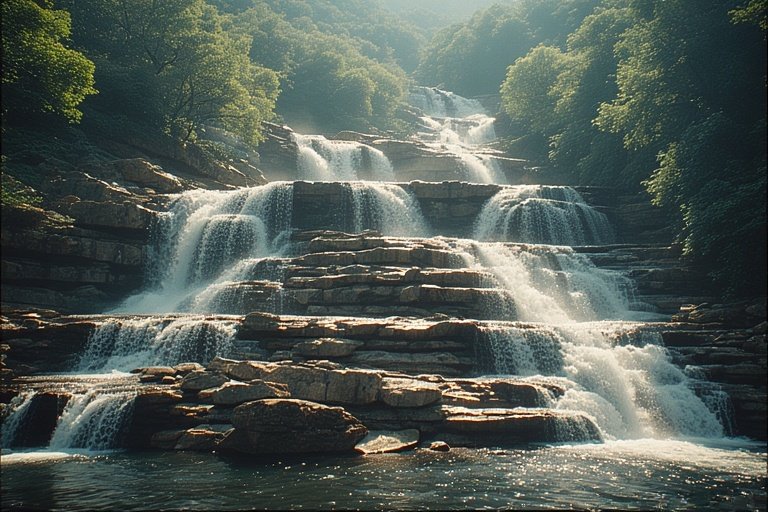
3. Add Multi-Tier Cascades
Hillsides are perfect for multi-level waterfalls. Let the water fall in stages — from narrow trickles to broad sheets. This tiered design amplifies sound and visual depth, turning the slope into a living, breathing landscape.
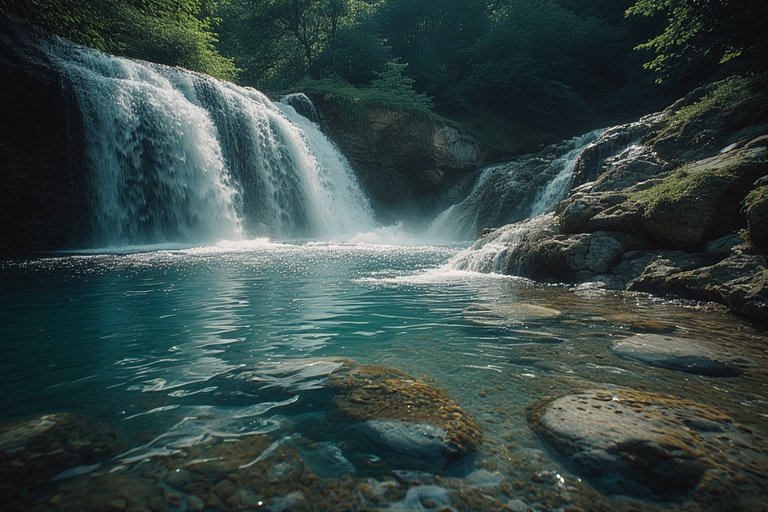
4. Incorporate Natural Pools
At the base of each fall, design shallow pools that mirror the sky and surrounding greenery. These pools collect water between cascades, giving the illusion of mountain springs feeding into each other. They add both tranquility and a sense of continuity.
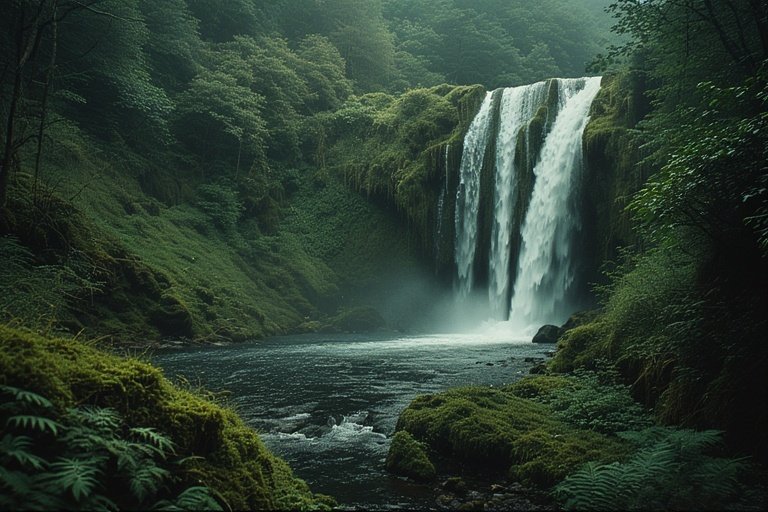
5. Surround with Wild Greenery
Integrate wild plants like moss, ferns, and native grasses along the edges. Their soft textures contrast beautifully with rugged rocks. The greenery thrives on moisture from the falls, completing the authentic mountain look.
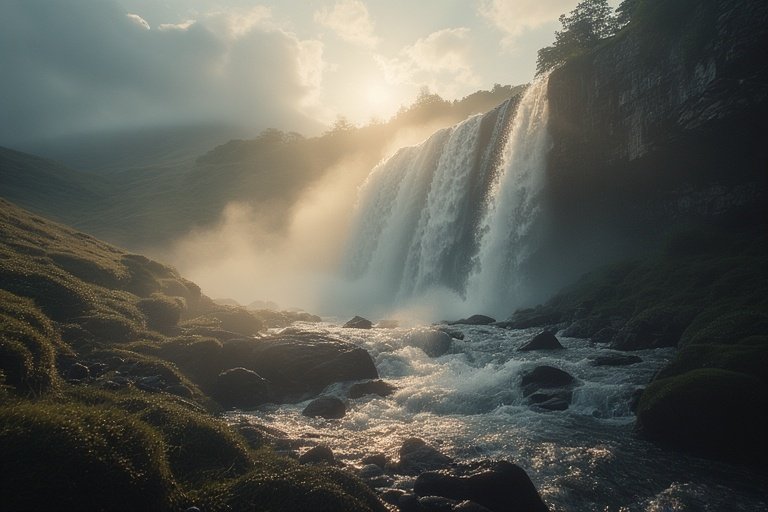
6. Use Mist and Spray Effects
Fine water mist adds movement and mystery to hillside waterfalls. As sunlight filters through, the mist creates shimmering rainbows — a visual treat that enhances the magical atmosphere of the natural terrain.
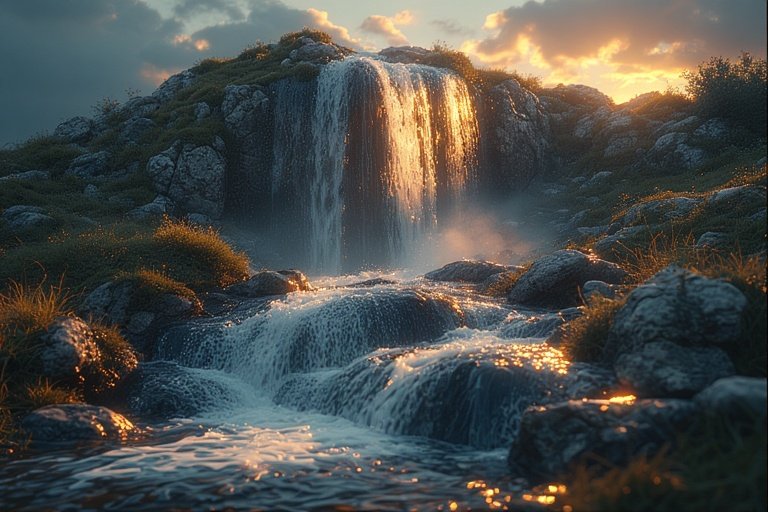
7. Highlight with Natural Lighting
If the area is accessible, use low-voltage or solar-powered lights to softly illuminate the cascades at dusk. Gentle uplighting accentuates the stone textures and water motion, making the waterfall just as stunning at night.
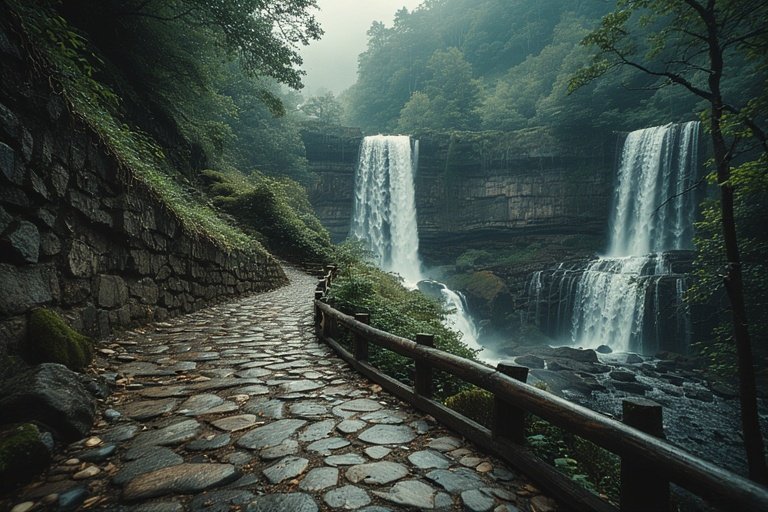
8. Design Pathways and Viewing Points
Build winding stone or wooden pathways leading up to viewing spots. These paths encourage exploration while allowing visitors to enjoy different perspectives of the waterfall. Safety railings can be added subtly without disrupting the natural charm.
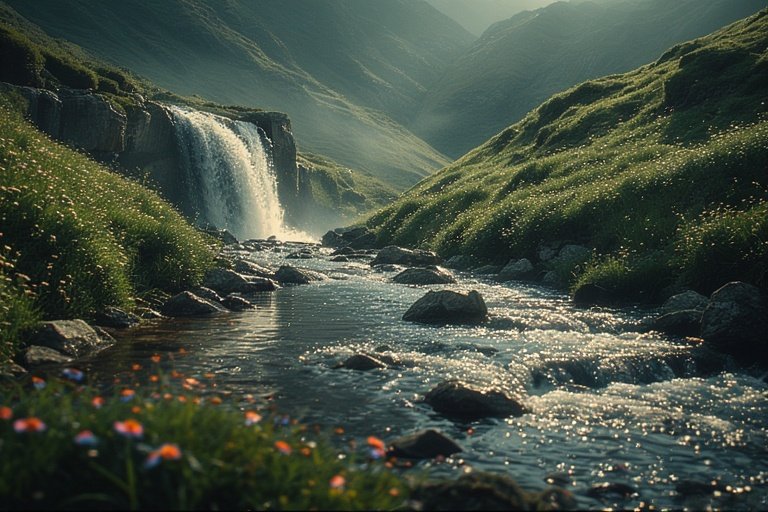
9. Integrate Stream Extensions
Let the water flow beyond the main cascade, forming smaller rivulets or creeks downhill. These extensions create a continuous, calming soundscape and connect the waterfall to the broader hillside ecosystem.
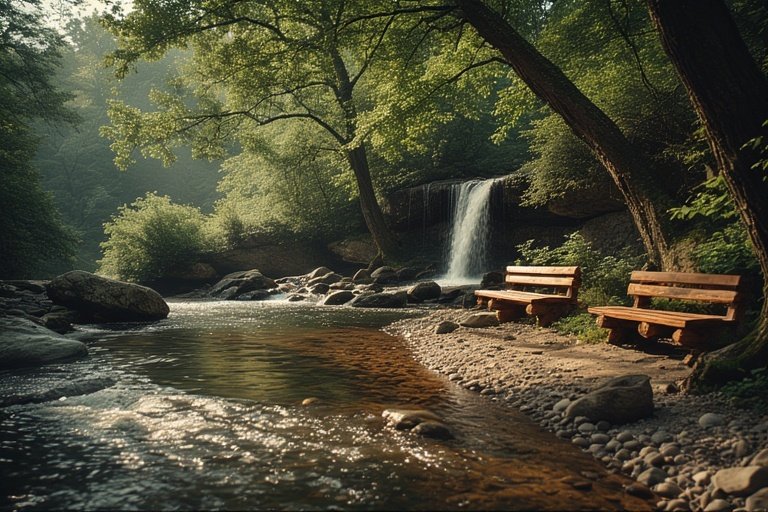
10. Use Rustic Seating Areas
Create simple rest spots nearby using natural logs, stone benches, or wooden decks. These seating areas let people pause and take in the soothing sights and sounds — an ideal escape for relaxation and reflection.
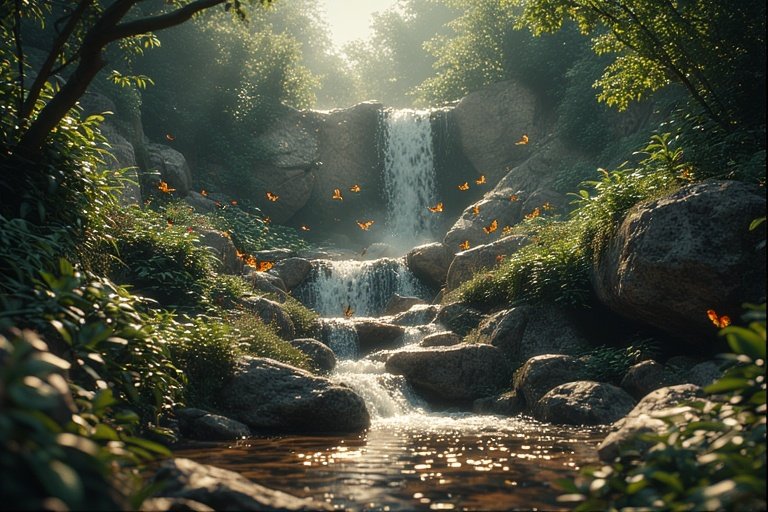
11. Combine Water with Wildlife Habitats
Hillside waterfalls often attract birds, butterflies, and small animals. Design the area with natural perches or shallow ledges to encourage wildlife. It turns the waterfall into a thriving habitat, not just a scenic feature.
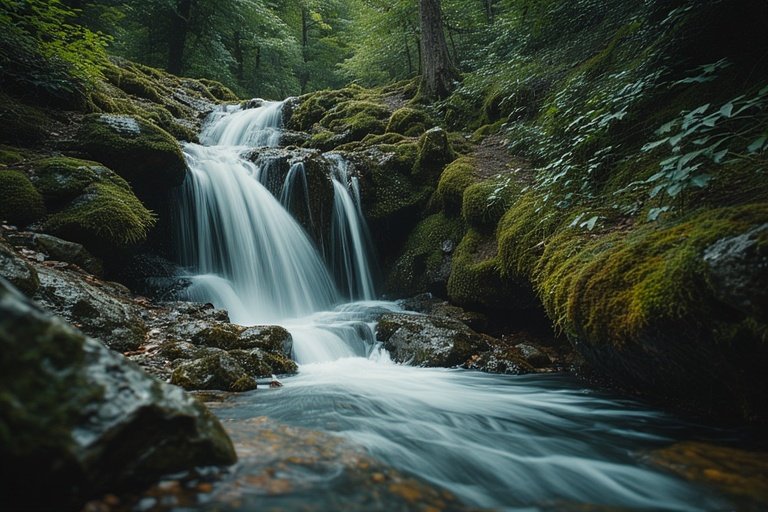
12. Maintain Water Flow Naturally
If possible, use natural springs, rainwater catchments, or recycled systems to sustain your waterfall. This eco-friendly approach keeps the flow organic and reduces maintenance while staying true to the hillside’s natural rhythm.
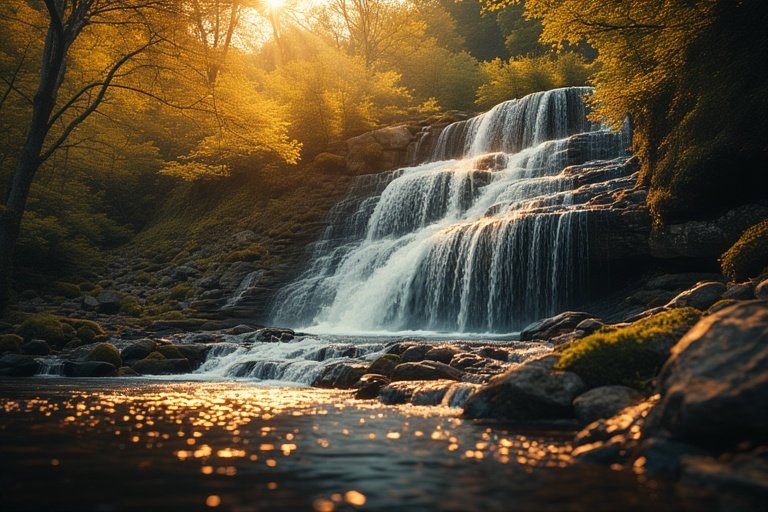
13. Add Seasonal Interest
Enhance your waterfall’s beauty throughout the year. In spring, surround it with blooming wildflowers; in autumn, let fallen leaves drift gently along the stream. The waterfall becomes a living artwork that evolves with each season.
Final Thoughts
A hillside waterfall is more than a landscape feature — it’s nature’s poetry in motion. The sound of cascading water, the rugged beauty of stone, and the play of light through mist create a sense of timeless peace. Whether large or small, designed or natural, a hillside waterfall connects you deeply to the wilderness and reminds us of nature’s effortless artistry.
FAQs
What is the best location for a hillside waterfall?
Choose a natural slope with stable rock and good drainage. Avoid steep, unstable terrain and ensure easy access for maintenance.
Which materials work best for hillside waterfalls?
Use natural stones like granite, slate, or river rock. These materials blend seamlessly with the environment and withstand erosion.
Can a hillside waterfall be sustainable?
Yes, by using recirculating pumps, solar power, or natural springs. These options reduce environmental impact while maintaining steady water flow.
How can I make the waterfall look natural?
Follow the land’s contours, use native plants, and vary the rock sizes. Avoid overly symmetrical layouts — asymmetry looks more authentic.
Are hillside waterfalls expensive to maintain?
Maintenance depends on size and design. Natural-style waterfalls using local materials and gravity-fed systems often require less upkeep.

